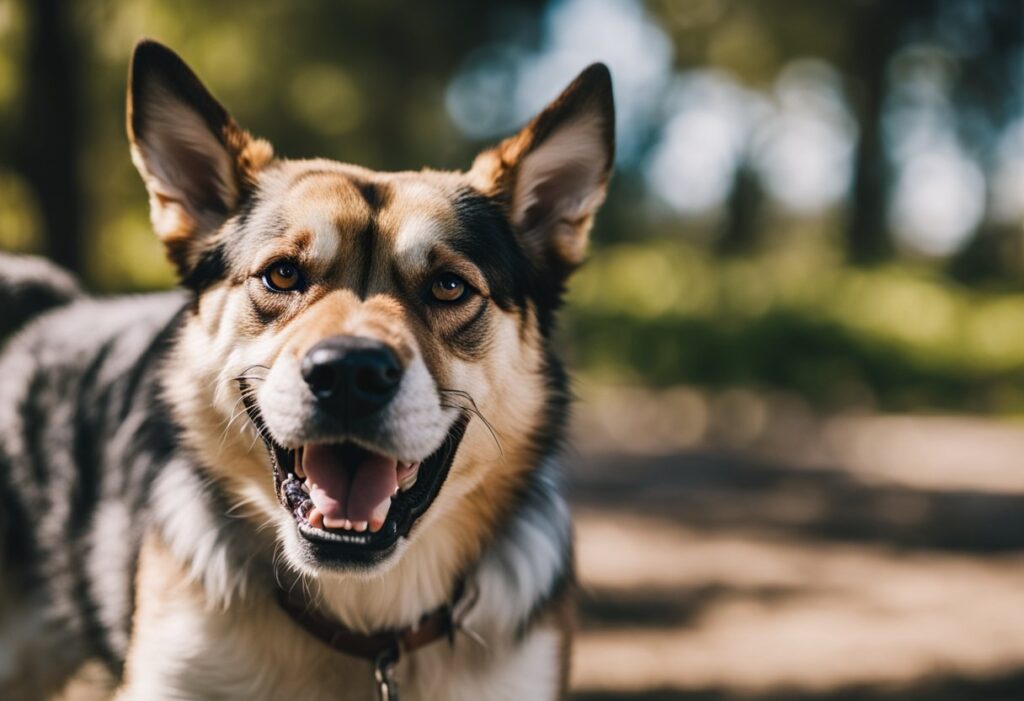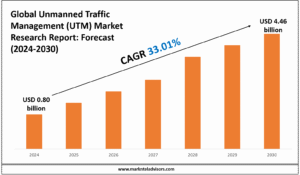
“The bond with a dog is as timeless as the stars, but it thrives on understanding, not just affection.”.
A dog is always loyal to you & they are a source of constant joy, comfort, and love. And yet, at times, some truly complex dog behaviors seem to cloud this simple beauty, leaving us feeling helpless.
The strong sense of care and frustration that an owner experiences in case aggressive anxieties in dogs have been haunting you or in case you have already witnessed growls, snarls, or snaps of a beloved pet will make perfect sense to you. On the bright side, these problematic behaviors may be caused by anxiety or fear. After overcoming them with the help of a professional, you will succeed in making your dog peaceful.
Understanding the Roots of Aggressive Anxiety
One heartbreaking sight is watching your usually gentle, beastly canine show aggression to a visiting stranger or while passing by another dog outside. Aggression is never naughtiness; many times, this behavior is nothing but a helpless call for assistance, an indication that their dog finds the whole situation overwhelming, threatening, or cannot deal with something.
Aggression could arise from many causes, but if anxiety creeps in, it means that the dog is reacting to fear rather than intent to cause harm. They want to make the fearful thing disappear.
Most principled dog owners try to deal with this on their own. They avoid some triggers, use calming aids, or sometimes even go with punishment-based training. But avoiding triggers does nothing to teach your dog to cope, whereas, depending on how it’s done, punishment can increase fears and anxiety, magnifying the aggression.
These are the reasons why generic self-help or training methods usually miss the mark when confronted with the subtle, intricate demand of aggressive anxiety in dogs.
Common Scenarios Where Help is Needed
Consider these frequent situations where professional guidance becomes indispensable:
- Resource Guarding: Your dog growls or snaps when someone approaches their food bowl, toys, or even their bed. This stems from a fear of losing their valuable items.
- Leash Reactivity: Your walks now involve the dog lunging and barking aggressively at other dogs and people. It is generally a fear-based reaction to an alleged threat.
- Fear-Based Aggression: Your dog cowers and trembles, then turns aggressive when cornered or confronted with unfamiliar situations; it needs to put distance in between.
- Territorial Aggression: Intense barking and lunging on people or dogs by windows or property lines; an urge to guard their perceived space.
- Inter-Dog Aggression: The aggression amongst dogs of the household or those in the park that can range from fear to social anxiety.
These situations go beyond mere obedience. They touch into the dog’s emotional welfare and require a profound understanding of canine communication and psychology. Just like one would seek professional assistance for cat aggression in Victoria may be experiencing, complex dog issues require the intervention of a professional.
The Expert Difference: Why Professional Consultation Matters
A board-certified veterinary behaviorist or a well-educated professional in animal behavior offers insight that is unmatched. They see the aggression for what it is: fear, anxiety, or maybe pain causing this aggressive manifestation in an animal. A comprehensive, scientifically based, and compassionate approach is considered. For example, criminal acts that look like being disobedient to you could cause a panic attack in your dog. While training dog aggression in Victoria, these specialists concentrate on confidence building and positive association and less on symptom suppression.
What to Expect from a Consultation
A behavior consultation typically involves a thorough, multi-faceted approach:
In-depth History Taking
A detailed investigation into your dog’s past, daily routine, and the triggers that bring about an aggressive reaction to certain stimuli. The formation of this insight is the first step toward understanding the dog’s emotional state.
Comprehensive Assessment
This may include a physical check-up (if seen by a veterinary behaviorist) to exclude any medical conditions that could give rise to the aggression or anxiety; observation is key, as the dog will also be watched in action, looking at their reactive behavior and body language as modes of communication.
Tailored Treatment Plan
This, after all, is the essence of what is meant by professional assistance. Never a generic solution, but one instead treated as a specific application to your dog-shaped case that, more often than not, includes Environmental Management, Behavior Modification & Techniques, and Medication.
The Urgency of Early Intervention
The longer aggressive anxiety remains untreated, the more it gets ingrained in the dog, culminating in greatly elevated stress for your dog and potential impairment of its life quality. Prolonged fear and anxiety can greatly contribute to the reduction of welfare.
The sooner you seek an opinion from an expert, the sooner the problem can be accurately assessed and effective. Early action can stop the problem from becoming a more challenging one.
Conclusion: Act Now, Restore Harmony.
“The best way to get something done is to begin.”
Aggressive anxiety in dogs is never pleasant to witness. It is not a sign of failure but rather an opportunity for deeper understanding and healing. If all else has failed in your attempts and you are feeling overwhelmed, please hold on to the belief that there are effective options to explore further. Compassionately working with experts is the fastest way to bring back balance and peace in your dog’s life, now freed from fear and able to flourish truly.
Kindheart Veterinary Behaviour Services offers compassionate, scientifically based solutions for real behavioral challenges, working alongside you to help regain that true peace for your dog and your family.







